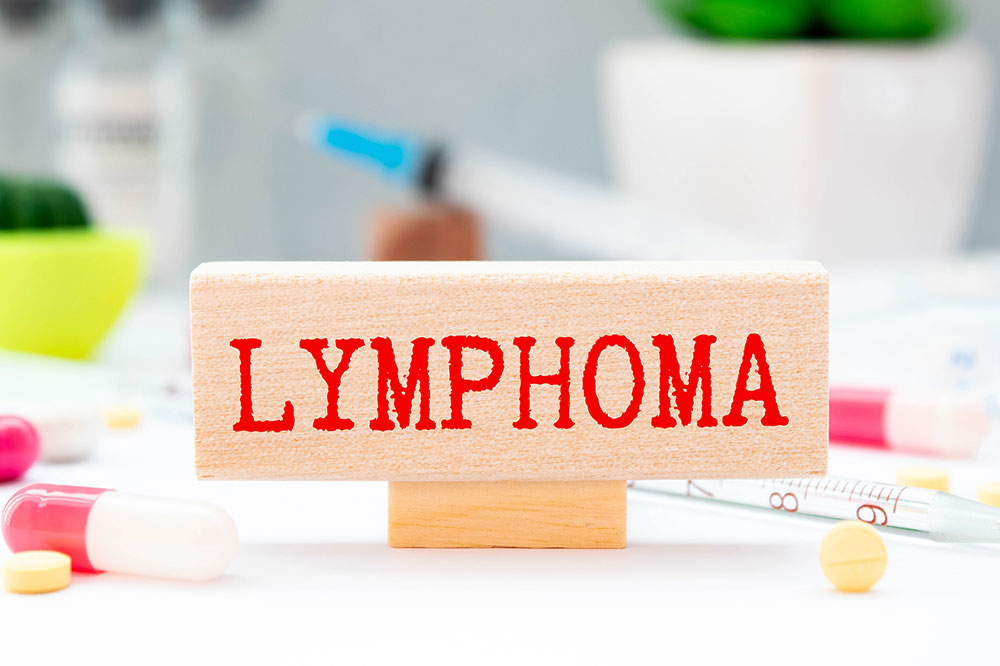
B-cell lymphoma – Causes, signs, and more
B-cell lymphoma is a specific type of cancer that begins in immune system cells known as lymphocytes. It accounts for 85 percent of non-Hodgkin lymphomas, which leads to abnormal growth of lymphocytes. The lymphatic system is a network consisting of lymph nodes, lymph veins, and tissues that transport fluid throughout the body. It is impacted by B-cell lymphoma. Keep reading to know more about the condition’s causes, symptoms, and treatment options.
Causes
Patients with B-cell lymphoma have a large number of malignant B-cells. These cells are unable to tackle infections, which compromises the body’s immunity. B-cells can occasionally change from healthy, infection-fighting white blood cells to cancerous cells as a result of random occurrences. Researchers have not yet determined what exactly causes these changes in B-cells, but studies have found that the following circumstances or behaviors are risk factors:
Viruses like human immunodeficiency virus (HIV), Epstein-Barr, and Kaposi’s sarcoma-associated herpesvirus.
A history of Hodgkin lymphoma
Some studies suggest that those who are repeatedly exposed to specific herbicides used in agriculture may have a slightly higher risk of acquiring lymphoma. However, it is unlikely that intermittent or sporadic exposure to herbicides will result in lymphoma.
Signs and symptoms
B-cell lymphoma can lead to a wide range of symptoms, which include:
- Moist night sweats
- Enlargement of lymph nodes that are not painful
- Persistent tiredness
- Chest ache or a cough
- Stomach ache
- An impression of being bloated or full brought due to an enlarged spleen
- Rough skin
- Enlarged liver or spleen
- Skin lumps or rashes.
Treatments
A number of studies are being carried out to test more effective treatment options. Treatment for B-cell lymphoma is similar to that of various types of non-Hodgkin lymphomas, with chemotherapy being the preferred option in most cases. The treatment method uses a variety of prescription treatments.
Chemotherapy is often combined with radiation therapy. It helps in eliminating cancer cells or stops them from increasing. This method uses powerful energy beams (radiation) to target the malignant cells. Similar to radiation therapy, targeted treatment can also be used to manage B-cell lymphoma. A prescription treatment used in this therapy targets alterations in cancer cells.
Immunotherapy uses the immune system to help your body manufacture cancer-fighting cells or to aid healthy cells in recognizing and eliminating cancer cells.
Transplanting of stem cells may prove to be beneficial for lymphoma patients. The procedure helps in replenishing the stem cells in the bone marrow. Thus, healthy blood cells can be formed.
Statistics suggest that almost 90 percent of B-cell lymphoma cases in children and young adults can be cured. However, similar to other cancers, there are chances of remission. If remission occurs, standard therapies are often used in combination with other treatments to manage the condition. Hematopoietic stem cell transplantation, targeted B-cell agents, and chimeric antigen receptor T-cell (CAR-T) therapy can be used alongside chemotherapy.
Treatment regimens can be rigorous, and one can experience the following side effects due to such methods.
- Hair loss
- Excessive tiredness
- Bruising
- Constipation
- Various aches and pains
To manage such side effects, one can employ a number of lifestyle techniques. Some of these are listed below.
Stress management
B-cell lymphoma can cause huge amounts of stress. It can be difficult to cope with the condition. This is why it is important to engage in stress-relieving methods like deep breathing, meditation, or relaxation techniques.
Exercise
Getting sufficient rest is crucial. But performing a few exercises 2-3 times a week can be beneficial for lymphoma patients. One can do balance and flexibility exercises. Make sure to always speak with a doctor before choosing an exercise routine.
Join support groups
One can ask for help from those who have experienced similar circumstances. Additionally, one’s healthcare provider can help one find programs and support groups where they can share their experiences and concerns with other patients. This is also helpful for the patient’s family. This helps them become aware of what the patient is going through, and they become much more empathetic.




